The allure of Shujin, a traditional Chinese art form, has transcended time and continues to captivate art enthusiasts worldwide.
In the realm of Chinese textiles, few creations can rival the exquisite allure of Shujin. This ancient craft, originating from the city of Chengdu in the Sichuan province, has captivated the hearts of art enthusiasts and historians for centuries.

Delving into the origins of Shujin, we discover a tapestry woven with history and culture. Unlike its counterparts, Shujin is deeply rooted in the region's unique geography and climate. We explore how the abundant rainfall, fertile land, and favorable silk production conditions in Sichuan played a pivotal role in shaping the development of this exquisite art form.

However, here comes the problem: As the demand for Shujin grows, a dilemma arises: should one choose to invest in the expensive man-made Shujin, primarily intended for wall display, or opt for the more affordable machine-made Shujin, designed for practical use in daily life?

Man-made Shujin, crafted by skilled artisans, embodies the essence of traditional Chinese aesthetics. These masterpieces, painstakingly created with intricate brushwork and delicate color blending, showcase the highest level of artistic skill and attention to detail. We delve into the unique qualities of man-made Shujin, such as its ability to evoke emotions, capture the essence of Chinese culture, and serve as a testament to the rich heritage of this ancient art form.
Beyond its artistic merits, man-made Shujin holds immense cultural significance. These pieces often depict historical events, mythological tales, or scenes from daily life, acting as windows into China's past. Through the acquisition and display of man-made Shujin, individuals can connect with Chinese culture, preserving and appreciating the stories and traditions woven into each brushstroke. We explore how owning such pieces can foster a deeper understanding and appreciation of Chinese history and values.
While man-made Shujin holds undeniable artistic and cultural value, the practicality of machine-made Shujin cannot be overlooked. These mass-produced pieces, often made from durable materials, offer versatility and functionality that allows them to be incorporated into daily life. From table runners and cushion covers to clothing and accessories, machine-made Shujin allows individuals to enjoy the beauty of this art form in a more practical and accessible manner.

Rather than viewing the choice between man-made and machine-made Shujin as mutually exclusive, one can adopt a hybrid approach that combines the best of both worlds. By investing in a few carefully selected man-made Shujin pieces for display, individuals can create a focal point of artistic beauty in their homes. Simultaneously, they can incorporate machine-made Shujin into their daily lives, allowing them to appreciate the artistry and cultural significance of Shujin on a more practical level.

The choice between man-made and machine-made Shujin is a deeply personal one, influenced by individual preferences, budget constraints, and the desired integration of art into daily life. Both options offer unique benefits, whether it be the artistic splendor and cultural significance of man-made Shujin or the practicality and versatility of machine-made Shujin. Ultimately, striking a balance between the two approaches allows individuals to embrace the beauty and heritage of Shujin in a way that resonates with their lifestyle and personal connection to Chinese culture.


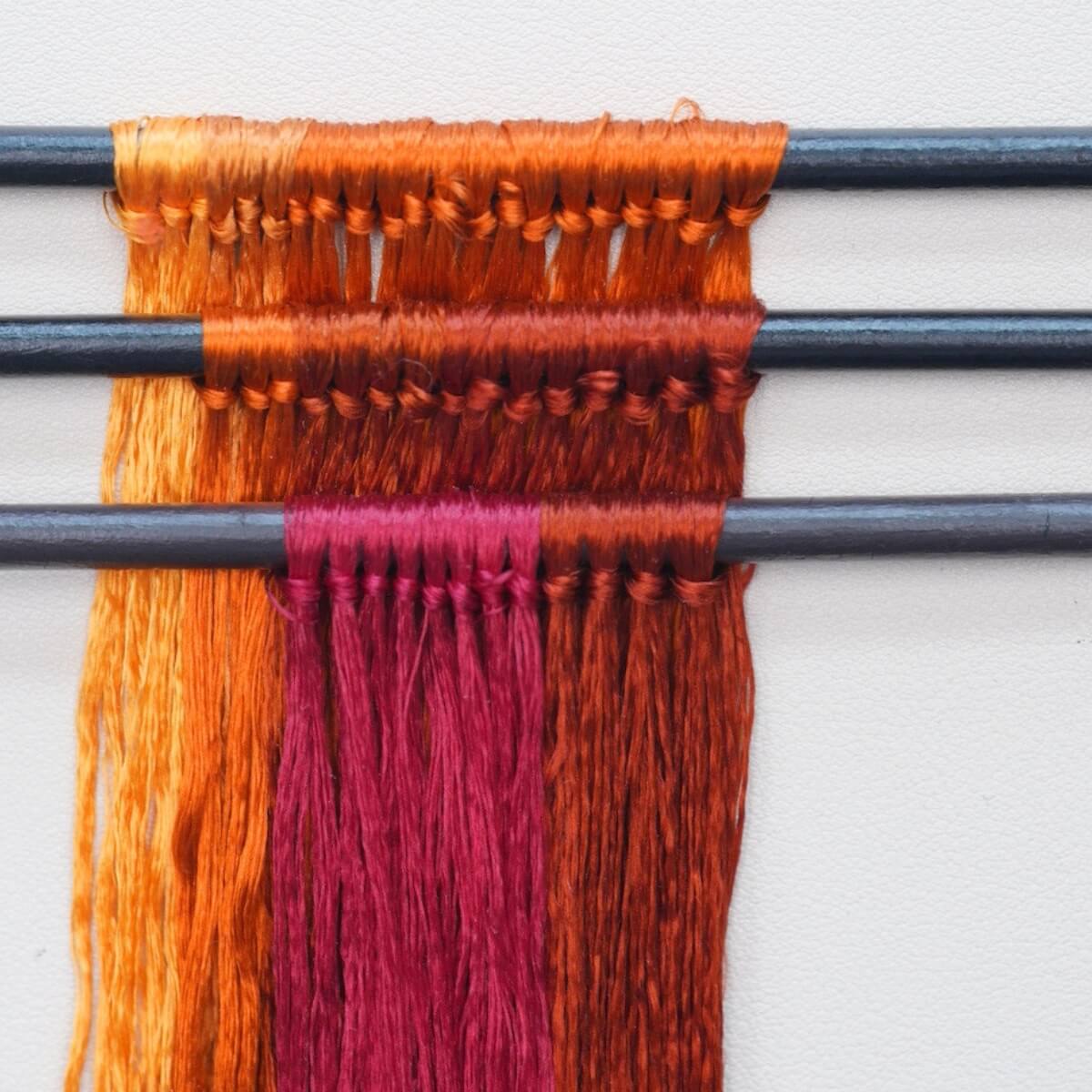
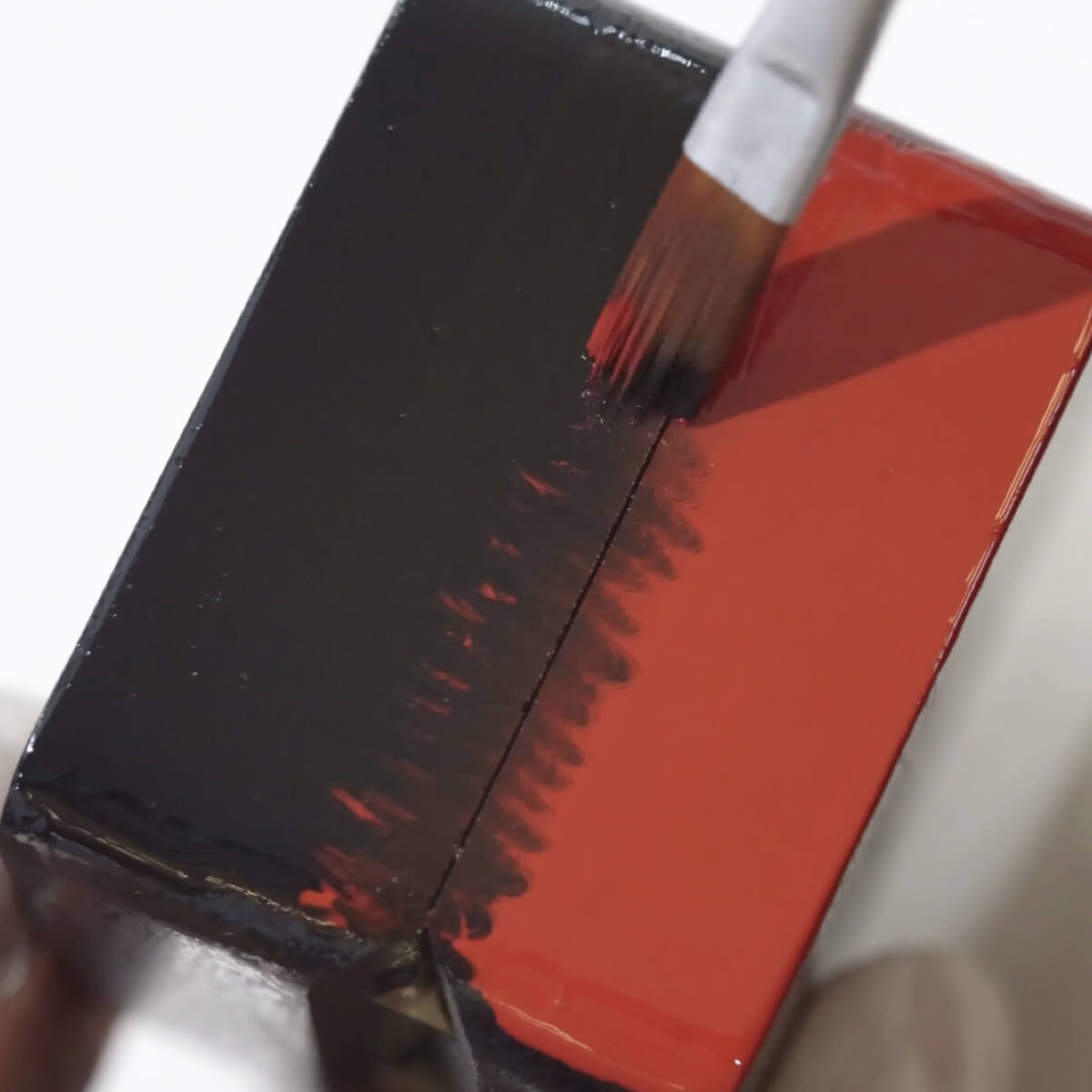
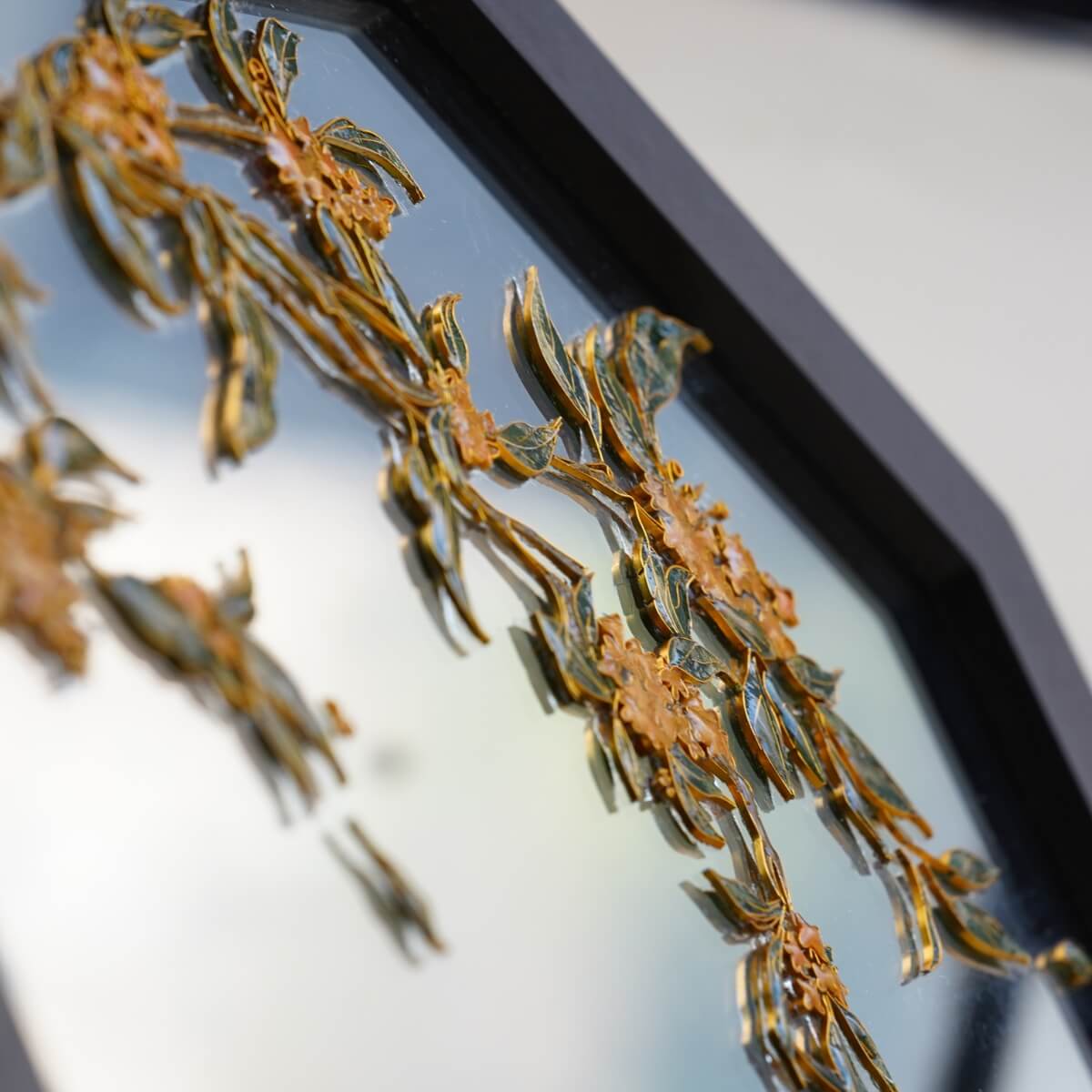
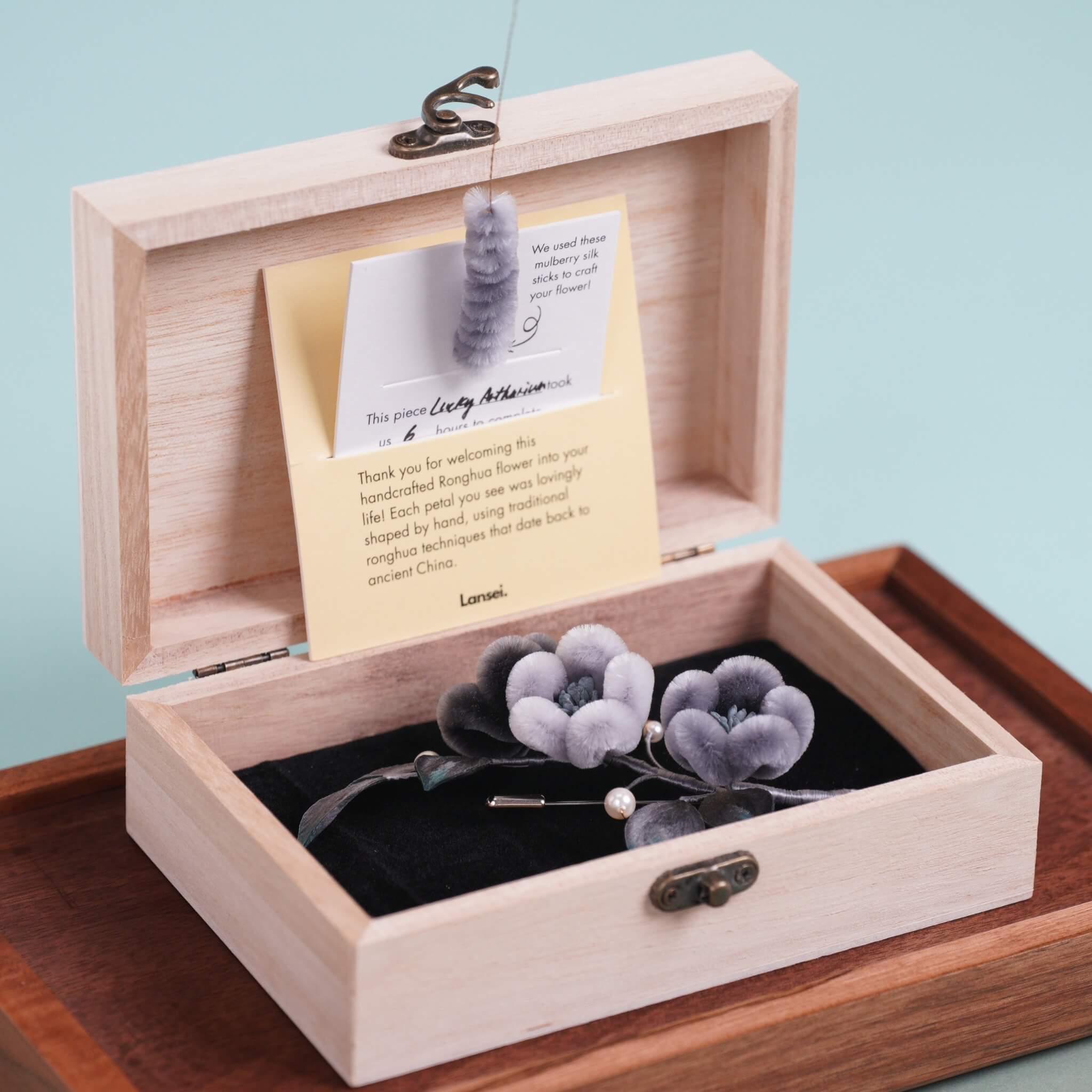
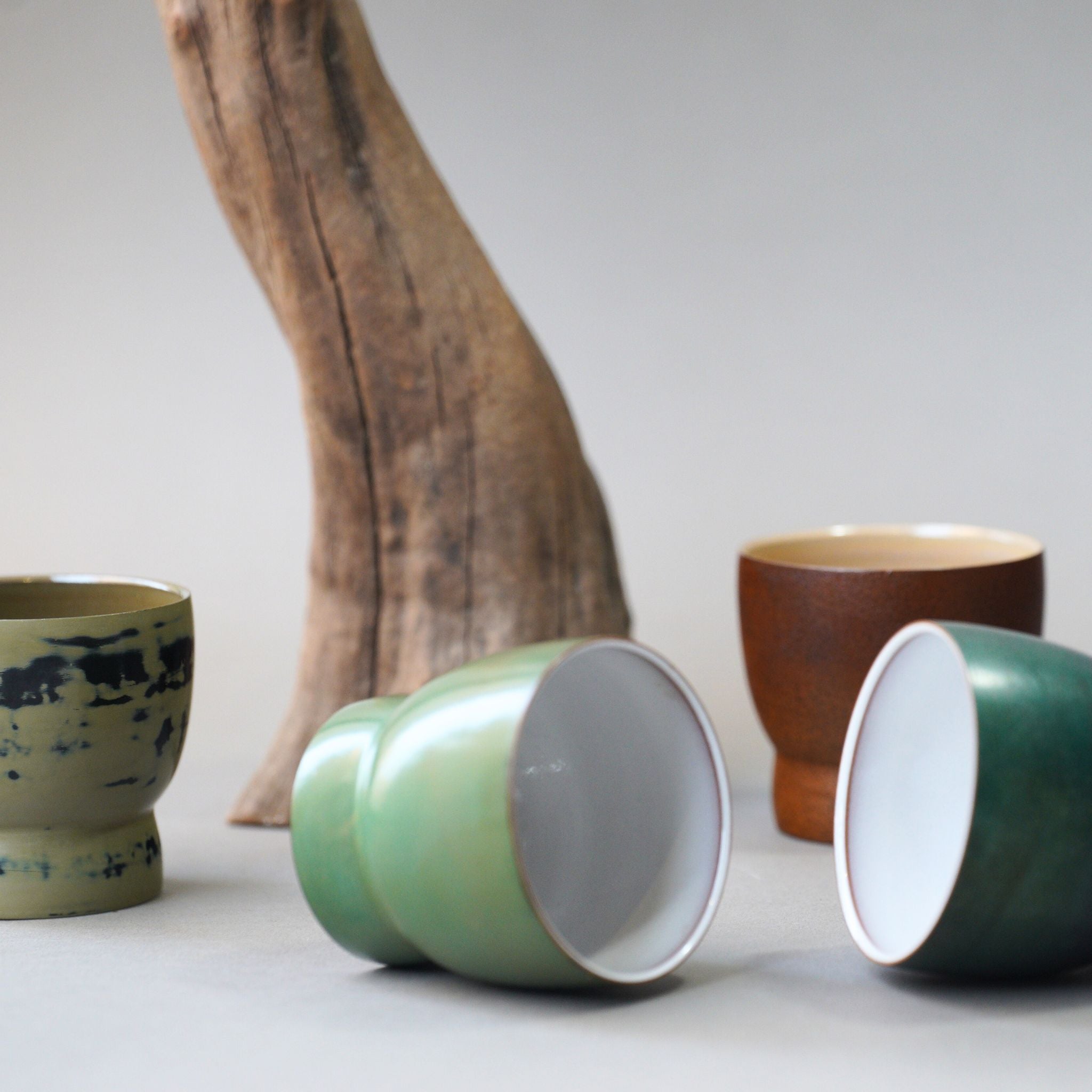
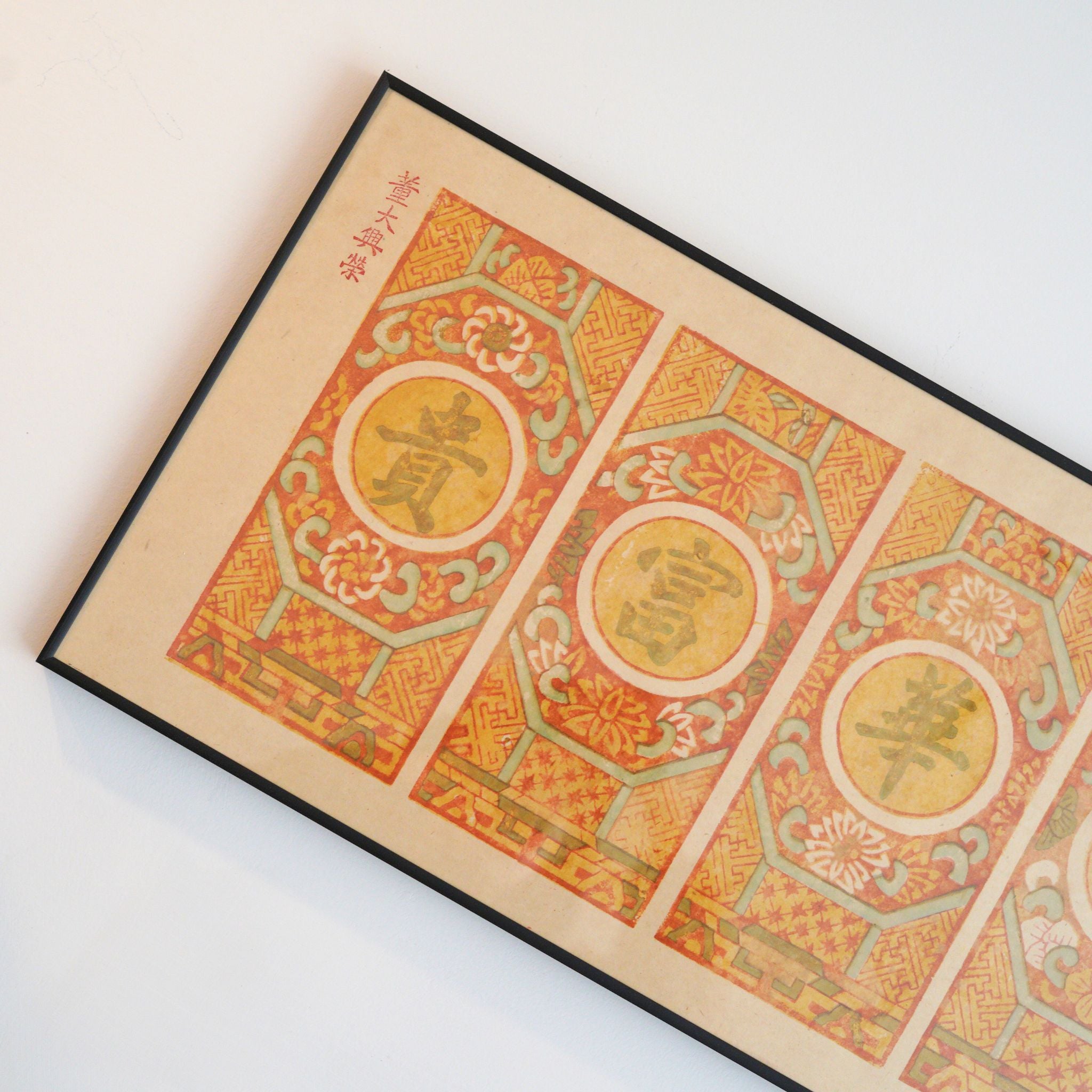
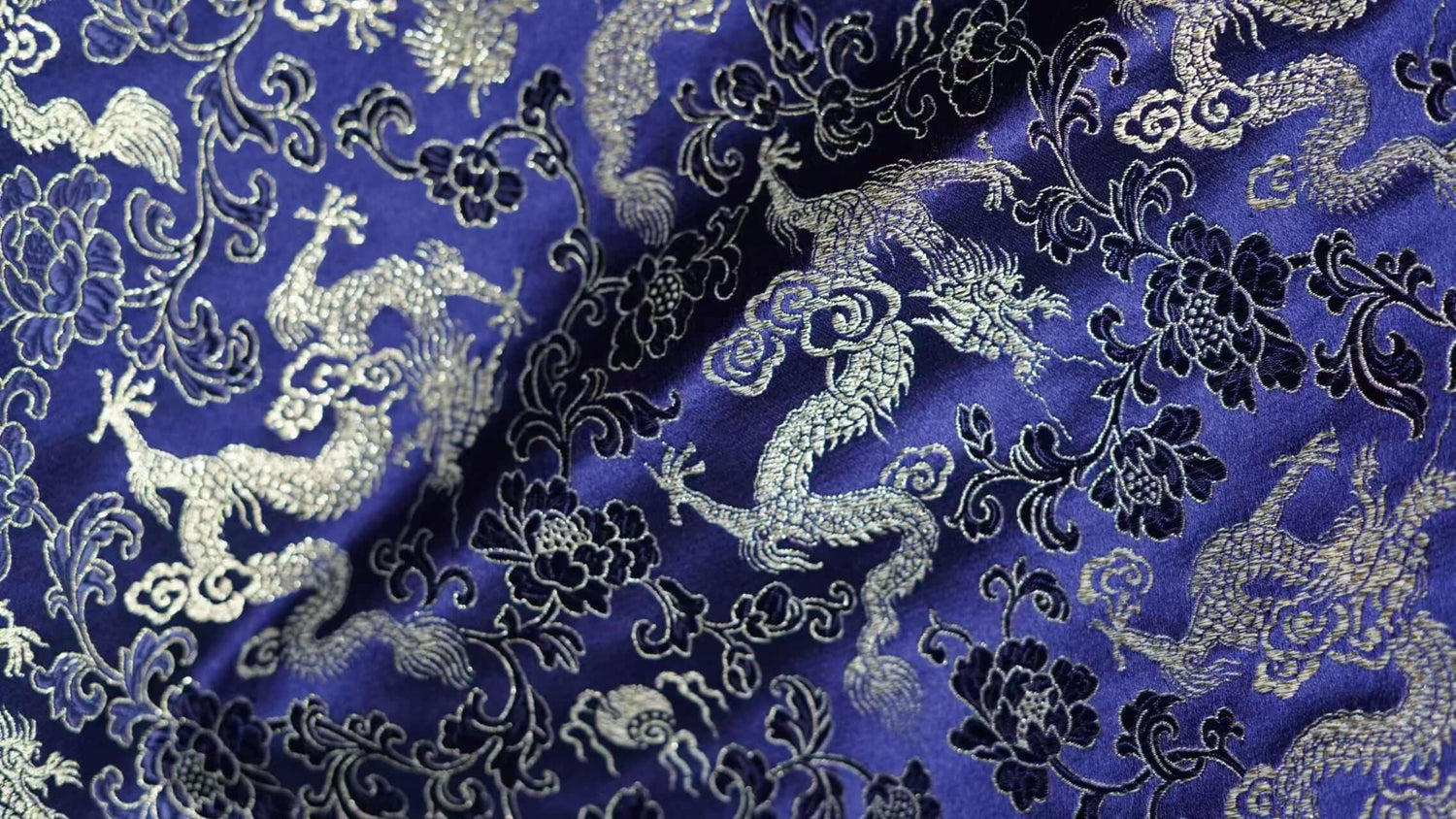
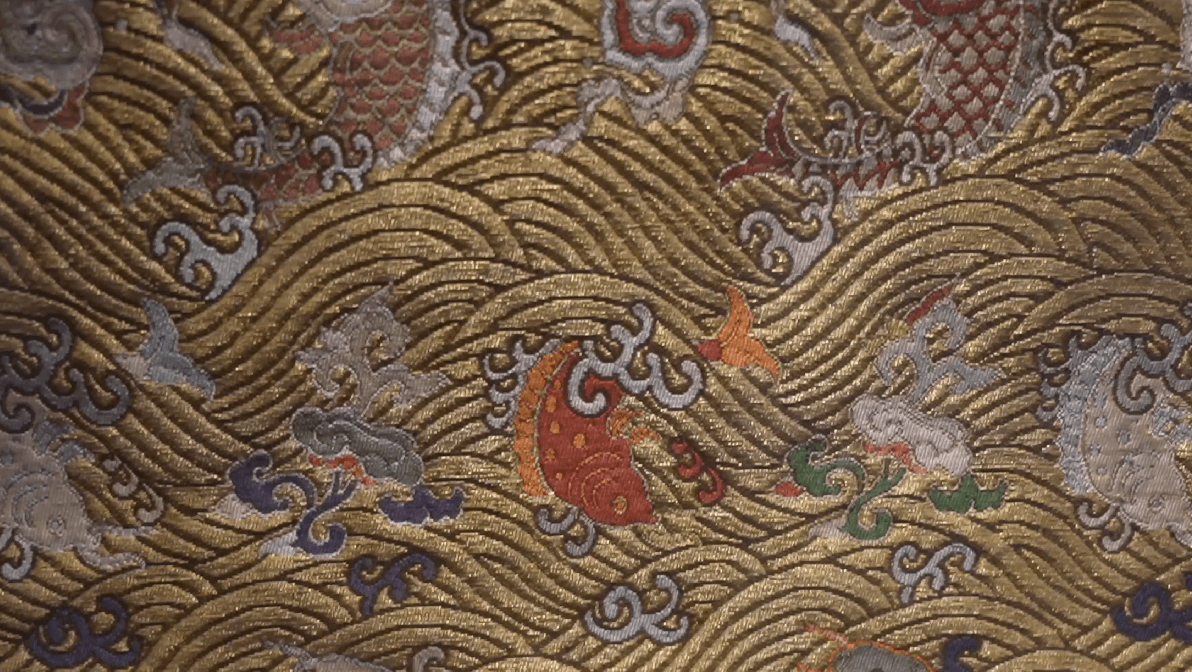
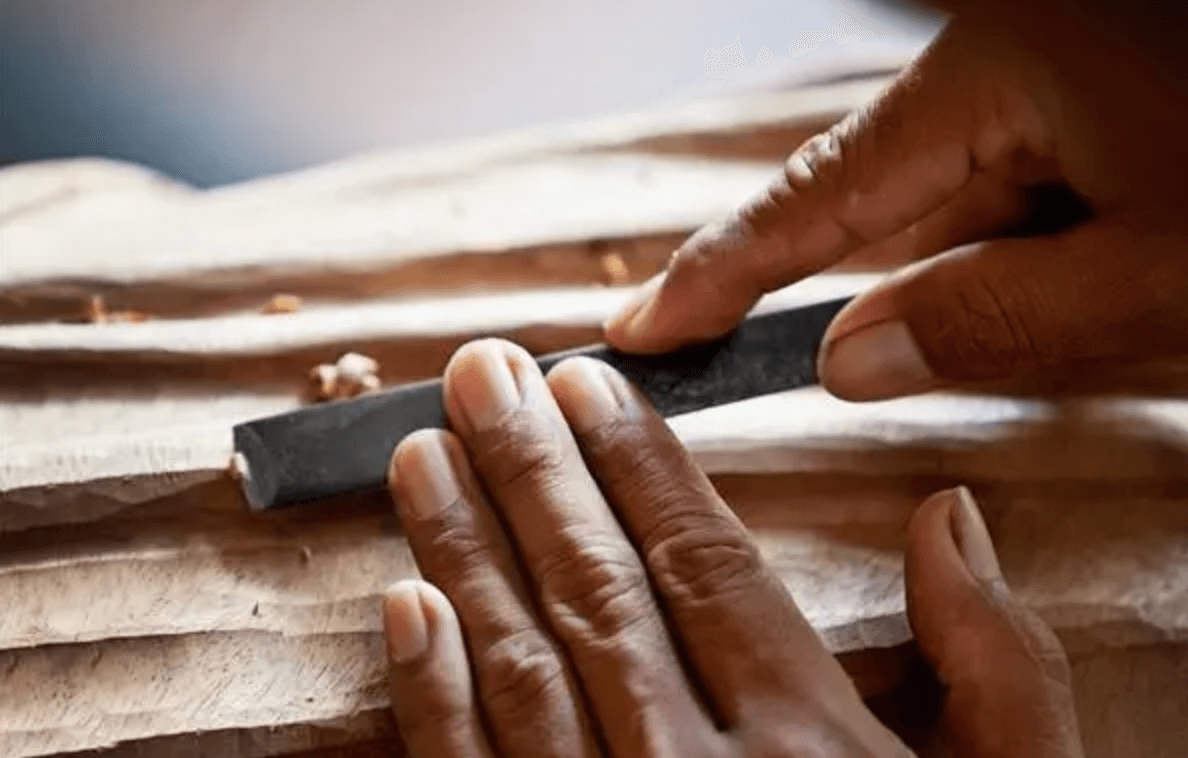
Laisser un commentaire
Tous les commentaires sont modérés avant d'être publiés.
Ce site est protégé par hCaptcha, et la Politique de confidentialité et les Conditions de service de hCaptcha s’appliquent.